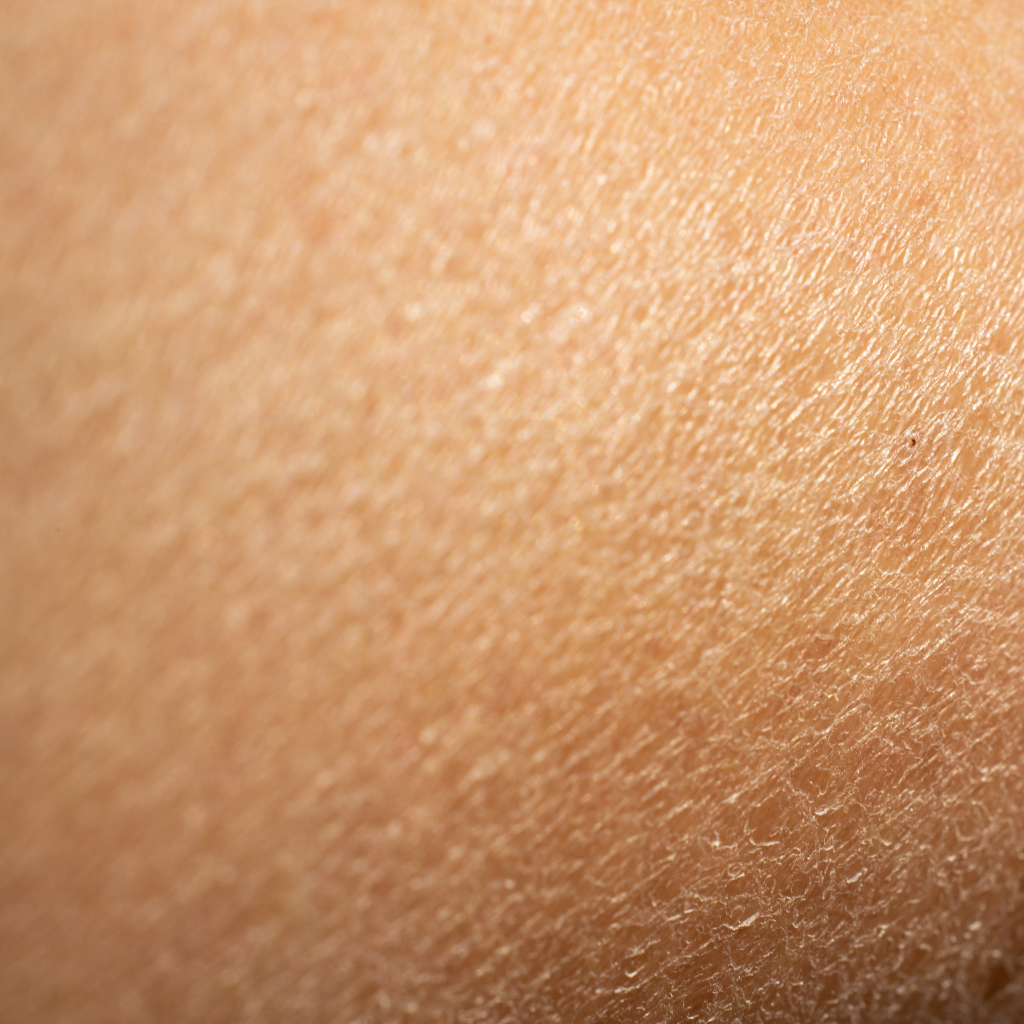
Skin tone map of the world
Share
Understanding the diversity of human skin tones is essential for various industries, including fashion, beauty, and health care. A global skin tone map provides valuable insights into the distribution of different skin tones across the world and aids in creating products and services that cater to a broader audience. Here's an overview of the skin tone chart and how it reflects the rich tapestry of human pigmentation.
What is a Skin Tone Map?
A skin tone map is a visual representation that displays the range of human skin colors found across the globe. It's based on scientific research that categorizes skin tones, often using the Fitzpatrick scale, which classifies skin types according to their UV light responsiveness and melanin content.
Significance of Skin Tone Mapping
Understanding the spectrum of skin tones is crucial for inclusivity, especially in product development. Companies use this information to design items such as makeup, clothing, and sun protection that accommodate diverse consumers. Health professionals also utilize skin tone maps to better diagnose and treat skin conditions, as symptoms can present differently on various skin tones.
Beauty Industry Applications
The beauty industry, in particular, has made strides in offering more shade options for makeup products. A global skin tone map informs brands about the shades most likely to be in demand in different regions, enabling them to produce foundation, concealer, and other cosmetic items that match their customer's natural pigmentation.
Medical Implications
In medicine, skin tone maps can help healthcare providers recognize and treat skin disorders that may be less visible on darker skin. This is vital for accurate diagnoses and effective care.
Creation of the Global Skin Tone Map
The creation of a global skin tone map involves extensive research and categorization. Scientists and researchers collect data from a wide range of populations, examining factors such as genetics, ethnicity, and geographical location.
Data Collection and Analysis
To construct a comprehensive map, researchers gather skin color measurements from individuals around the world. This data is then analyzed and plotted to create a detailed visual representation of the distribution of skin tones.
Technological Advancements
Advancements in imaging and color measurement technologies have enhanced the precision of skin tone mapping. High-resolution scanners and spectrophotometers are used to capture accurate skin color data, contributing to more detailed and reliable maps.
by CDC (https://unsplash.com/@cdc)
Applications and Impact
A global skin tone map is more than a scientific chart; it's a tool that promotes inclusivity and understanding. By recognizing the vast array of human skin tones, industries can adapt to meet the needs of all consumers, regardless of their geographical location or ethnic background.
Fostering Inclusivity
The map serves as a reminder of the beauty of diversity and the importance of representation. It encourages industries to embrace all skin tones and ensures that products and services are accessible to everyone.
Educational Resource
Educators and students can also use the skin tone map as a learning tool to explore human diversity and the factors that influence skin color, such as evolution, environment, and genetics.
In conclusion, the global skin tone map is a testament to our world's diversity. It serves as a crucial guide for industries aiming to cater to the varied needs of the global population and stands as a symbol of inclusivity and understanding in our increasingly interconnected world.
by Jan Kopřiva (https://unsplash.com/@jxk)
Whether you are a professional in the beauty industry, a healthcare provider, or simply someone interested in human diversity, the skin tone map of the world is a valuable resource that highlights the wide spectrum of beauty found in humanity.


